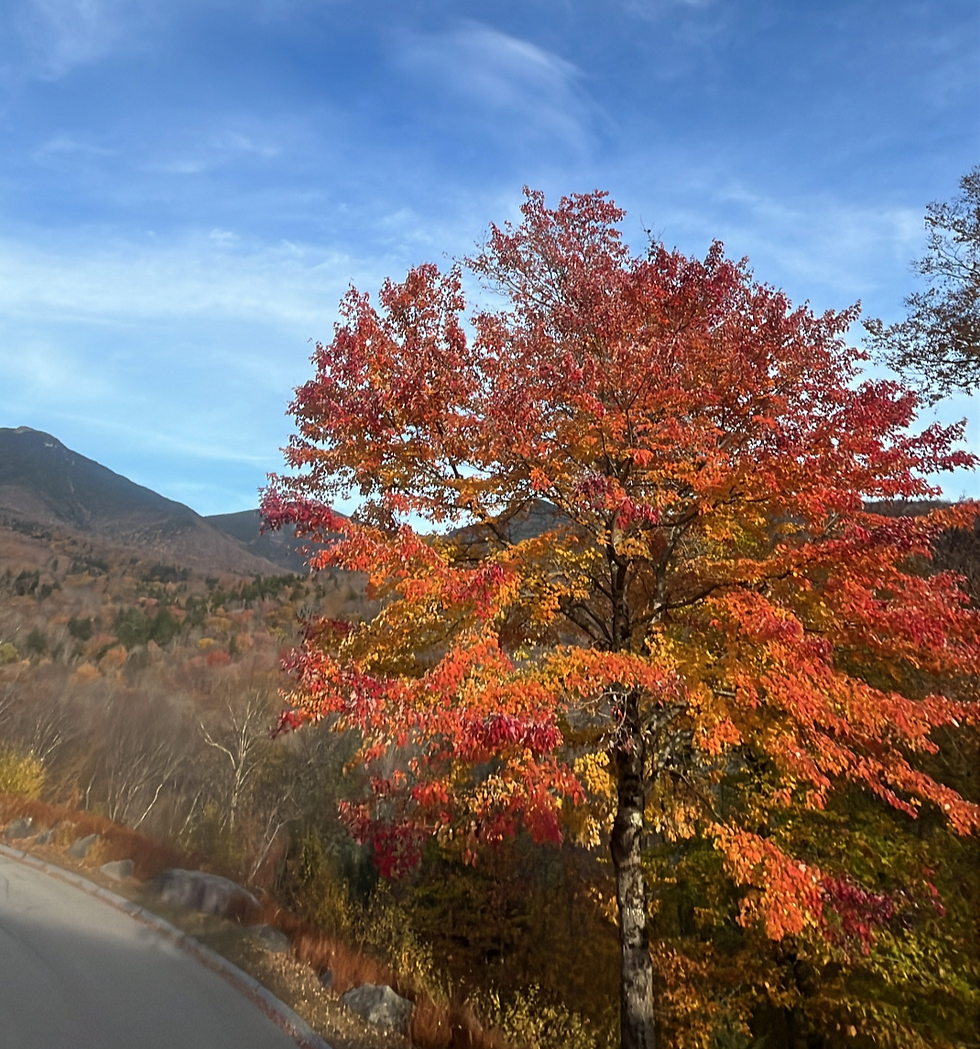White Pine Insights
- Feb 19, 2024
- 3 min read
White pine trees, our majestic evergreens with towering presence, are noticed for their beauty and environmental significance. However, despite their beauty, these giants harbor a potential danger, particularly in areas prone to strong winds and storms. The very qualities that make white pines so appealing, such as their height and slender branches, also render them vulnerable to breakage and falling on houses during inclement weather. As the winds howl and the branches sway, the structural integrity of these trees may be compromised, leading to the threat of limbs crashing down onto nearby homes, cars and even people.
This risk is increased by factors such as age, disease, and improper pruning, which can weaken the tree's limbs and increase the likelihood of breakage. In regions where white pines abound, homeowners must remain vigilant, implementing preventative measures such as regular tree maintenance and strategic landscaping to mitigate the potential hazards posed by these towering trees.
Despite their susceptibility to breakage, white pine trees possess an innate softness and pliability that has long been cherished in the realm of construction. Renowned for their straight grain and uniform texture, the wood of white pines is prized for its workability and versatility. From the earliest days of colonization in North America, white pine served as a cornerstone of construction, with settlers utilizing its lightweight yet durable timber to build homes, barns, and other essential structures. Even today, the legacy of white pine endures, as it continues to be utilized in construction projects, from framing and flooring to siding and trim.
The softness of white pine wood lends itself to effortless shaping, making it an ideal choice for intricate carpentry and woodworking. Craftsmen and artisans choose white pine for its ease of carving and ability to hold intricate detail, whether in the crafting of ornate furniture, decorative moldings, or delicate trim work. Also, the light coloration of white pine wood provides a blank canvas for staining and finishing, allowing for endless possibilities in terms of aesthetic customization and design.
Yet, for all its versatility and aesthetic appeal, the softness of white pine wood also poses certain limitations and considerations in the realm of construction. While its pliable nature facilitates ease of use and manipulation, it also renders the wood more susceptible to dents, scratches, and wear over time. As such, white pine may not be the optimal choice for high-traffic areas or applications requiring exceptional durability and resistance to abrasion. Its softness may compromise its structural integrity in load-bearing applications, necessitating careful consideration and reinforcement in architectural designs and engineering specifications.
When utilized in accordance with its inherent strengths and limitations, White Pine remains a venerable staple in the construction industry, loved for its beauty, versatility, and historical significance. Whether adorning a rustic cabin nestled amidst the pines or gracing the interior of a contemporary home with its timeless elegance, White Pine wood endures as a testament to the enduring legacy of nature's limitlessness. As we navigate the ever-changing landscape of architectural trends and technological advancements, the humble white pine tree stands as a steadfast reminder of the enduring allure of natural materials and the enduring beauty of the built environment.
In conclusion, the removal of white pine trees can offer several benefits, particularly in environments where they pose a risk to surrounding structures and properties. By selectively removing white pines that are diseased, damaged, or overgrown, homeowners and land managers can avoid the potential hazards associated with falling branches or toppling trees during storms or high winds. This proactive approach to tree management promotes safety and reduces the likelihood of property damage, thereby safeguarding both human lives and infrastructure. The harvested wood from these removed pine trees can be repurposed for the variety sustainable uses we mentioned above. By maximizing the utilization of timber, we can minimize waste and derive valuable resources from the trees that are no longer safe to keep.
Everyone wins when Nature is our unlimited resource, but we must work to maintain our trees healthy and safe for as long as we can. This is where regular check ups and pruning comes to play.
Let us know in the comments or click below if your trees need to be accessed prior to Spring.








Comments